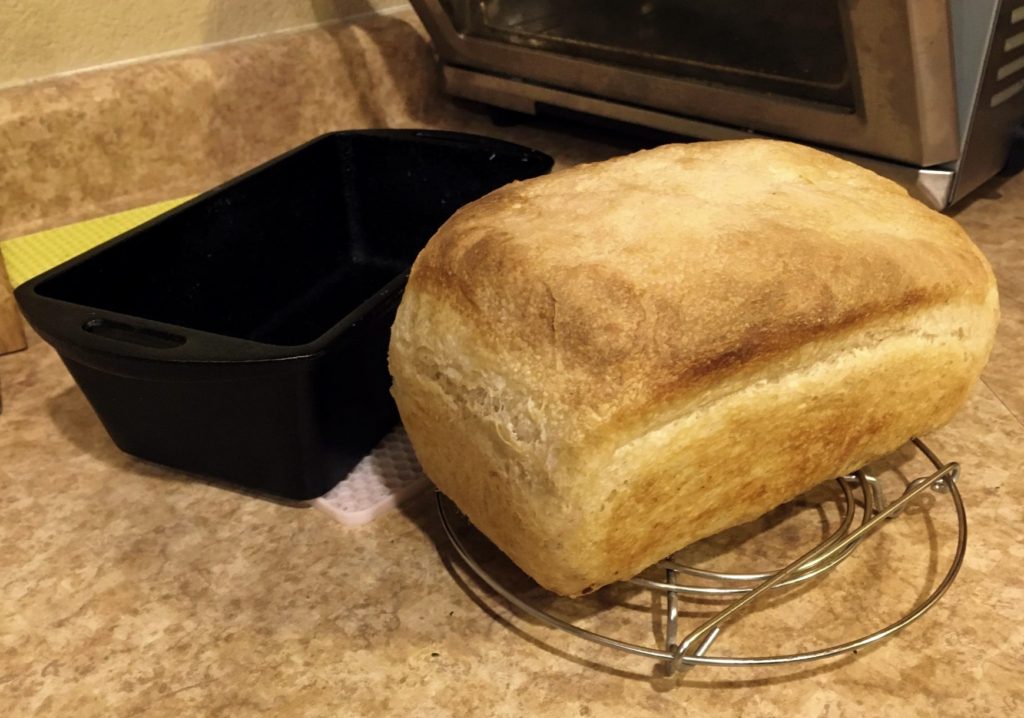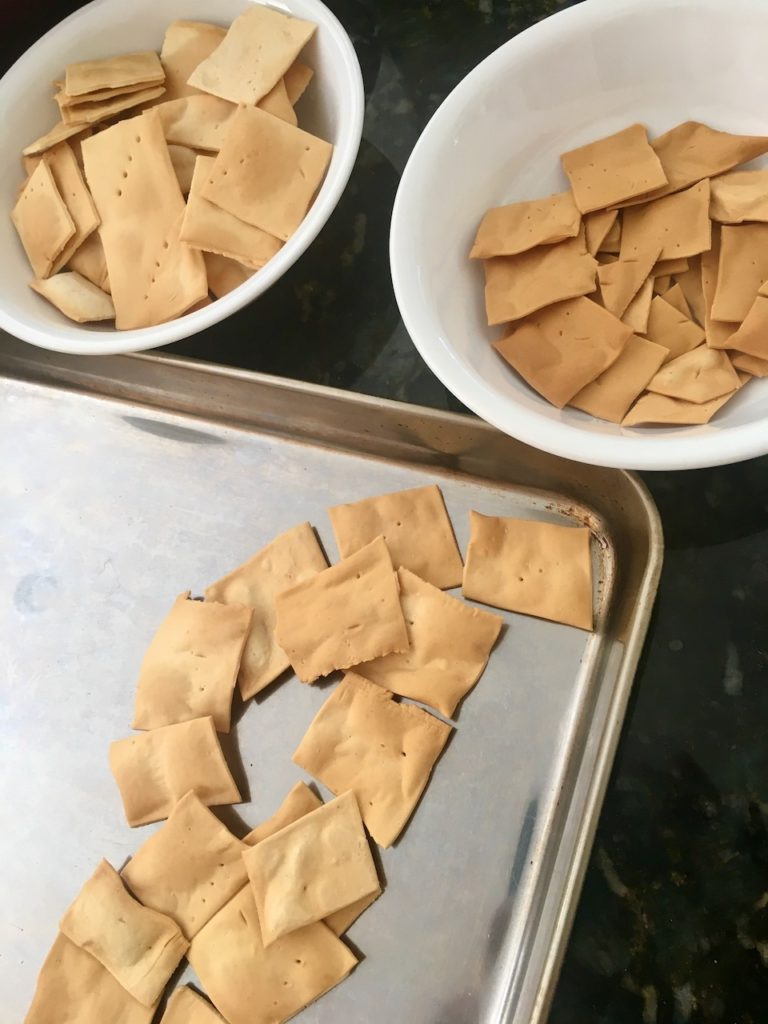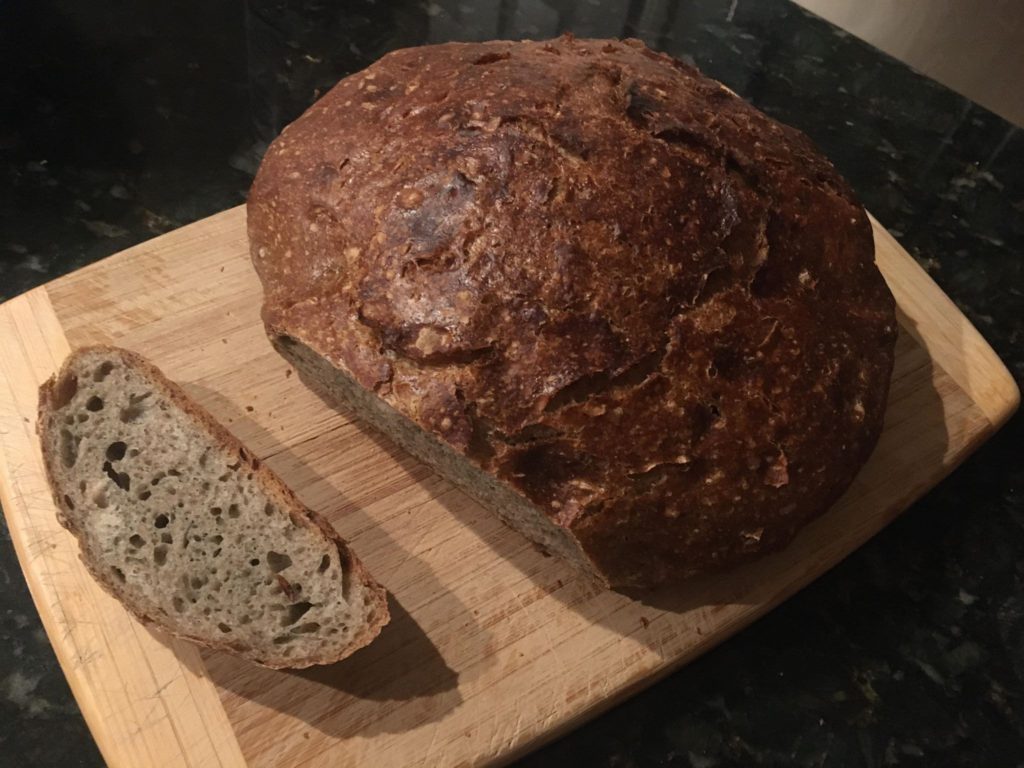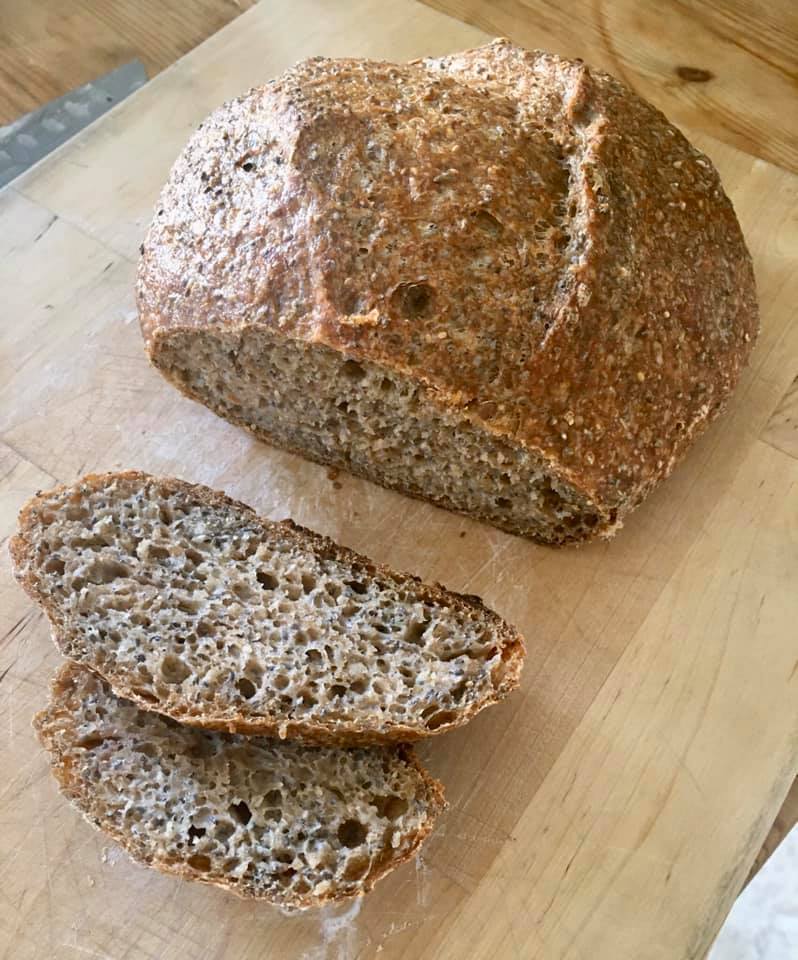After years of being properly frightened by scary stories of salmonella, I finally got around to cooking chicken. I’ve never really cooked chicken before. I’ve roasted a couple of birds, but never actually handled uncooked chicken meat in any earnest way.
Four weeks ago, I moved out of my in-laws house out of an abundance of COVID-19 caution. Among the few items I brought along with me was a pack of five frozen chicken legs.
This past weekend I finally thawed them out and started messing with them. The last leg (and a couple bones) are stewing on the stove as I write this up. And it made me think of a few things that have accrued over the my past life that led to this moment.
When I was in high school, I got really into listening to world music and Seamus Egan’s album A Week in January was in heavy rotation. I recently picked up his newest album, Early Bright, and it has been playing in repeat in the background this whole month. As with his earlier album from the 90’s, it is a lively work, terse and tight, but somehow mellowed with passing of two decades.
My map in this experiment was the poultry chapter in Mark Bittman’s classic, How to Cook Everything, a book that I’ve purchased twice. The first time, I had accidentally purchased it as a soft cover book, which I salvaged by selling it to the used book store when we left Houston. The second time, was at the friends of the library bookstore; I made sure this one was a hard cover. Even though we work in an internet age, it is good to have a curated tome that you can trust implicitly. It may not have the best recipes for everything, but if you were searching for that, you wouldn’t need a cookbook. This book is properly a primer for those (like me) who have spent decades scared of touching dead birds.
The friend who introduced me to Mark Bittman was Chris Leong. He was a couple years ahead of me at Berkeley while we were never close I still look up to him. He was (and is) a great cook along with being a great architect. I remember going to his place with a few guys while he cooked up an amazing meal of some meat wrapped in something else. It was both gorgeous and delicious. More than the meal itself, I remember watching him that night in the tiny apartment kitchen enraptured in the task, while the rest of us fools were dicking around in the living room. It was a quietly brilliant display of concentration and craft that has stuck with me over the past two decades.
The table upon all these meals have been consumed was picked up by my wife while she was was in college. Ikea still makes the Ingo table, if you want one for yourself. We used it as our dining table during the years in Houston, the legs have been chewed up when we had bunnies running wild in the house. It bears the marks and scars from that time with its burn rings and oil stains as a record of our lives together. It spent a while in the garage while we stayed with the in-laws, but hopefully it is now back in use, for good.
When we had moved into our Hassett house for a brief moment a couple years ago, I decided to get a wok. One morning I popped into Resco to pick up some other items and saw one selling for $10. What the heck, I bought it. It sat there unseasoned for a year and a half. Last summer, I finally seasoned it, only to not use it for another six months. However, I’m happy to say this fellow has now been pressed into service, obliterating napa cabbage to go with a little chicken.
And yes, I’m happy to report that I am no longer scared of poultry. It took forty years of eatin’ other people’s birds, but I’m finally here to try my hand at this game.



